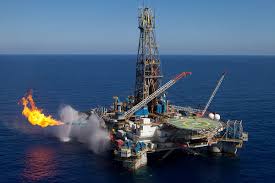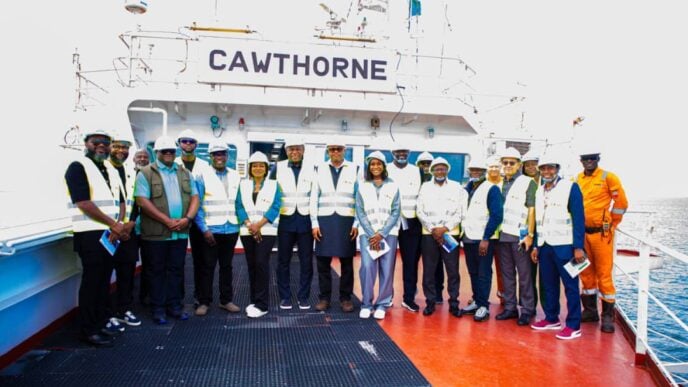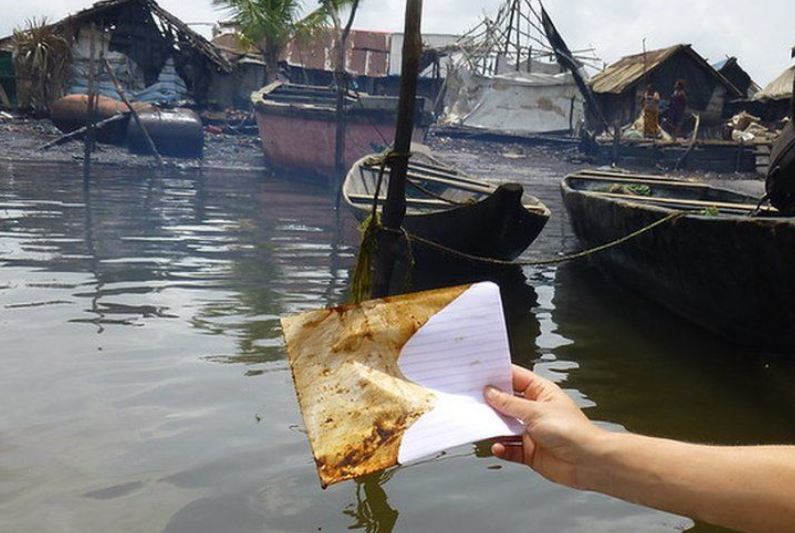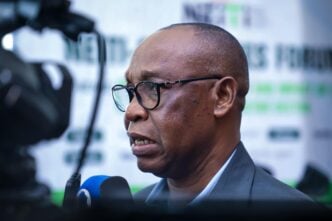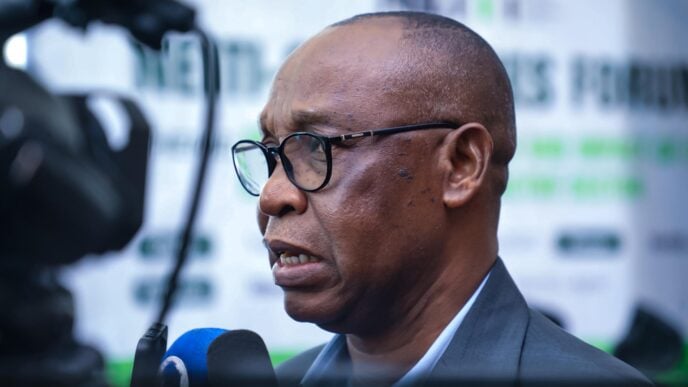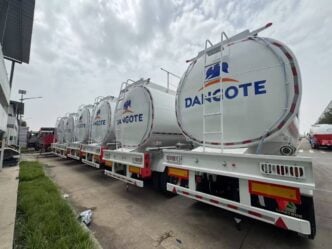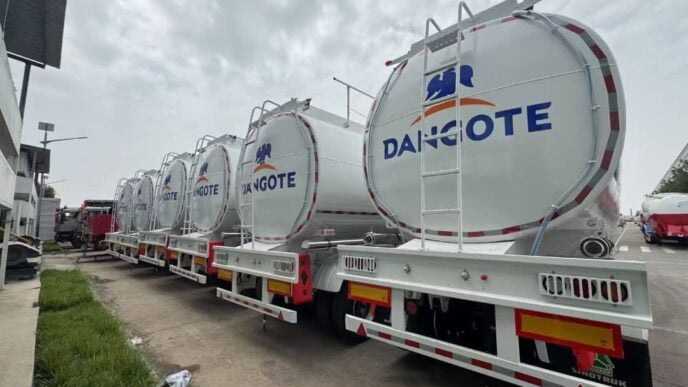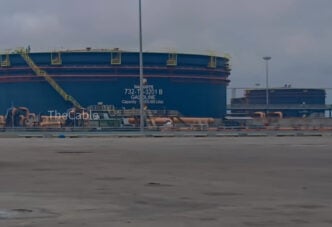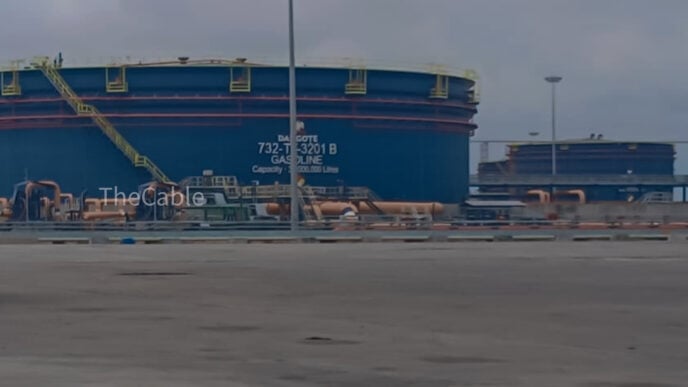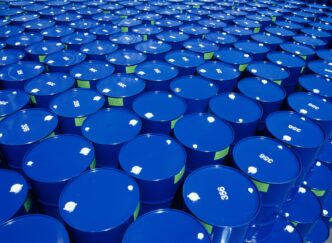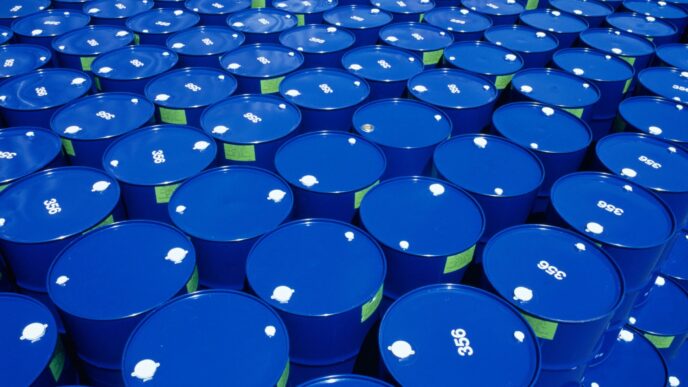The Nigerian Upstream Petroleum Regulatory Commission (NUPRC) says it has approved over 25 non-associated gas (NAG) field development plans since the enactment of the Petroleum Industry Act (PIA), attracting over $4.9 billion in capital expenditure (CapEx).
CapEx refers to investments that companies make to grow or maintain their business operations.
Gbenga Komolafe, the chief executive officer (CEO) of the NUPRC, spoke at the 3rd Gas Investment Forum in Lagos on Wednesday.
Komolafe, represented by Enorense Amadasu, executive commissioner for development and production at the NUPRC, said the development plans unlocked about 9,790 billion standard cubic feet (bscf) of reserves and 3.54 bscf of gas per day.
Advertisement
He also said the NUPRC had unveiled a regulatory roadmap designed to unlock over 55 trillion cubic feet (tcf) of uncommitted gas reserves and attract billions of dollars in new investments into Nigeria’s gas value chain.
Komolafe outlined the commission’s strategic focus on promoting gas development, monetisation, and infrastructure expansion to safeguard Nigeria’s energy future and drive economic transformation.
He said Nigeria’s proven gas reserves currently stand at 210.54 tcf, comprising 109.51 tcf of NAG and 101.03 tcf of associated gas.
Advertisement
The NUPRC CEO said about 55 tcf — representing 26 percent of Nigeria’s total gas reserves — remain uncommitted to any existing or planned monetisation projects, presenting a vast investment opportunity for both local and international investors.
With an annual average daily gas production of 6.99 bscf/d in 2024, Komolafe said Nigeria’s reserves replacement ratio (RRR) stands at 1.56.
He added that the reserves life index (RLI) is about 92.7 years — an indication of long-term sustainability for investors in the country’s gas sector.
The national gas reserves, Komolafe said, grew from 208.83 tcf in 2023 to 210.54 tcf in 2025, while gas production rose from 6.91 bscf/d to 7.61 bscf/d, “reflecting steady growth across the value chain”.
Advertisement
The CEO said the Associated Gas Re-injection Act (1979), the national gas policy (2008), flare gas (prevention of waste and pollution) regulations (2018), the decade of gas initiative, and the landmark Petroleum Industry Act (PIA) 2021 are some regulatory instruments that have shaped Nigeria’s gas development journey.
Komolafe further said the commission is actively facilitating regulatory approvals and negotiations for upstream gas supply to major projects such as Nigeria LNG Train 7, the Ajaokuta-Kaduna-Kano (AKK) pipeline, and the Brass fertiliser and petrochemical project.
He also said the NUPRC is currently monitoring 19 active gas development projects, comprising 10 production facilities and nine pipeline projects, with a combined capacity of 3.55 bscfd.
The CEO said about 88 percent of the projects are in the engineering phase, while 12 percent have progressed to construction or fabrication.
Advertisement
He explained that 86 percent of the new gas production projects are targeted at the export market, particularly feed gas supply to the Nigerian LNG, while 23 percent (142 million standard cubic feet per day) are directed toward the domestic market.
Advertisement
